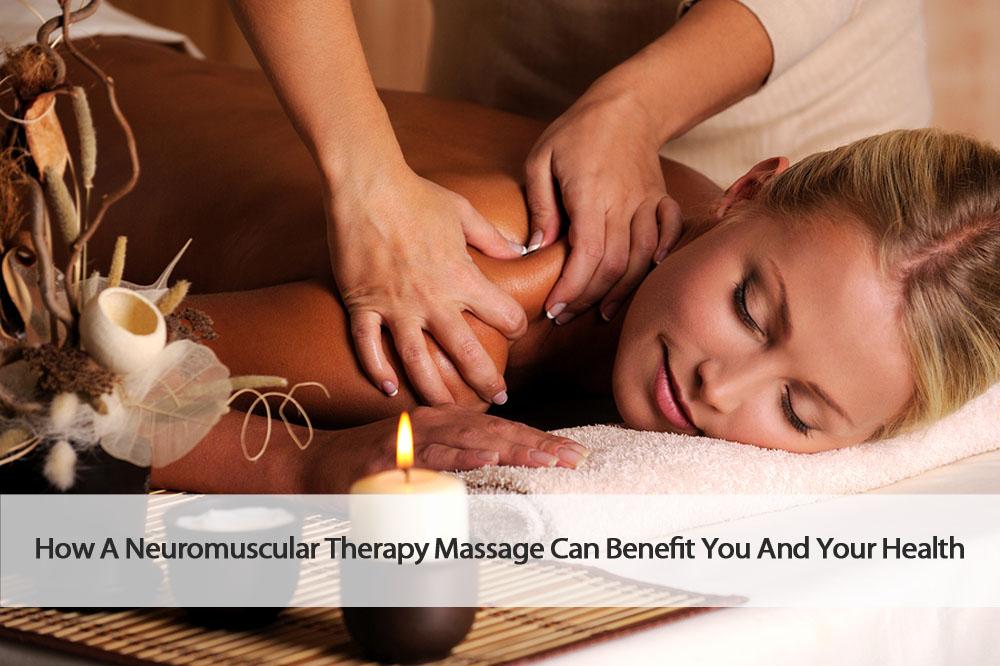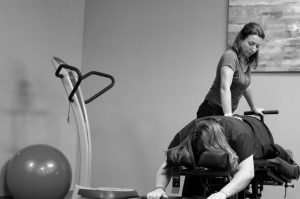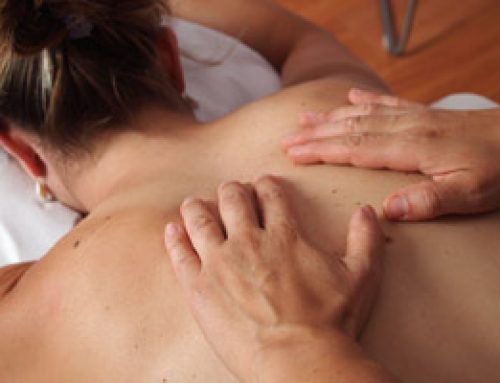How a neuromuscular therapy massage can benefit you and your health
Have you ever heard of neuromuscular therapy massage? In a nutshell, neuromuscular therapy massage is a form of massage that focuses on the nervous system and its ability to initiate pain in different patients. But does the average person really need a neuromuscular therapy massage? The practice has many benefits that can help people with really bad posture or chronic pain and can be an interesting and beneficial experience for anyone.
To better understand neuromuscular therapy massage, let’s get into its exact definition and how it works.
What is neuromuscular therapy massage?
Neuromuscular therapy is a specific approach to soft tissue manual therapy, which commonly known as a therapeutic massage. The neuromuscular therapy approach involves quasi-static pressure which is applied to soft tissue in order to stimulate skeletal striated muscle. In easy terms, neuromuscular therapy is a type of massage in which deep tissues are stimulated for the purpose of relieving serious muscle problems and posture correction.
The points of the body that are usually focused on during a neuromuscular therapy massage are known as myofascial trigger points.
Neuromuscular therapy typically addresses poor posture, biomechanical dysfunction, nerve compression problems, and ischemia. The main purpose behind neuromuscular therapy is to restore a full range of motion to an affected muscle to ensure proper functionality, which includes relief of pain and improved posture.
Neuromuscular therapy is based on the idea that homeostasis (the body’s tendency to maintain balance or equilibrium internally against external changes) is controlled by the body’s nervous system, and how subsequently the nervous system controls pain response.

There are several forms of neuromuscular therapy:
Craniosacral therapy. This type of neuromuscular therapy aims to relieve pain and severe tension by gently manipulating areas of the skull in a harmonizing way to reconnect a natural rhythm with the central nervous system.
Positional release. Also known as PRT, positional release therapy manually resolves pain and tissue problems by positioning the body in comfortable positions. This allows the neurological system to be manipulated in order to interrupt pain spasm cycles and reset the tissue. This type of neuromuscular therapy often promotes strength increase and performance enhancement and is popular with athletes. An easy way to understand positional release therapy is to think of it as a process of unraveling a knot from a stubborn chain necklace. Positional release therapy is painless and suitable for most people.
Ortho-Bionomy. This type of neuromuscular therapy is gentle and osteopathically based and suitable for patients suffering from chronic injuries or stress. Ortho-bionomy focuses on comfort and is non-invasive, and is also influenced by Eastern martial arts. Ortho-bionomy focuses on accentuating the body’s natural healing mechanisms instead of aggressively correctly them.
Myofascial and trigger point release. Trigger points are described as especially irritable spots located in the fascia (connective tissue) that surrounds skeletal muscle. Myofascial release and trigger point release focus on relieving pain and dysfunction caused by these specific connective tissue points. Compressing these point might cause slight discomfort, twitching, or tenderness before the release of pain. This neuromuscular therapy technique is popular among massage therapists as well as physiatrists and orthopedic doctors.
Can neuromuscular therapy massage help me with a specific problem?
Absolutely! Neuromuscular therapy massage deals with several physiological factors that can be the direct cause of a chronic pain you may have. Common factors include nerve entrapment or compression, emotional disorder, and poor nutrition. A lesser known factor known as ischemia is defined as poor blood supply to any organ or body part, primarily the muscles that surround the heart. Neuromuscular therapy massage can target these issues and relieve the pain associated with them.
Conditions such as sciatica, carpal tunnel, jaw joint dysfunction (known commonly as TMJ), and rotator cuff problems can be tackled through neuromuscular therapy massage.
I don’t have any of those conditions. Should I even both with getting a neuromuscular therapy massage done?

Arizona chiropractic clinic for your neuromuscular therapy needs
The talented and experienced therapists at BodyWorkz in Arizona are experts in Neuromuscular Therapy and how to use the practice to maintain the balance between the nervous system and musculoskeletal system for long term physical healing. A chiropractic clinic based in Mesa since 2014, BodyWorkz is staffed with a great team of chiropractors, acupuncturists, and massage therapists that will cater to your needs and work to help you solve your physical ailments. Call BodyWorkz today to schedule an appointment and get going on the road to recovery and pain relief.
BodyWorkz
Email: mybodyworkz@outlook.com
Website: www.mybodyworkz.com
Mesa Location
6610 E Baseline Rd #103
Mesa, AZ 85206
Phone: 480-245-4995
Scottsdale Location
2515 N. Scottsdale Rd, Suite 14,
Scottsdale, AZ 85257
Phone: 480-656-1147




